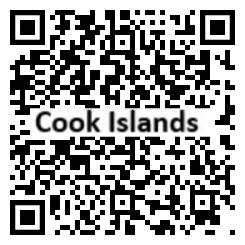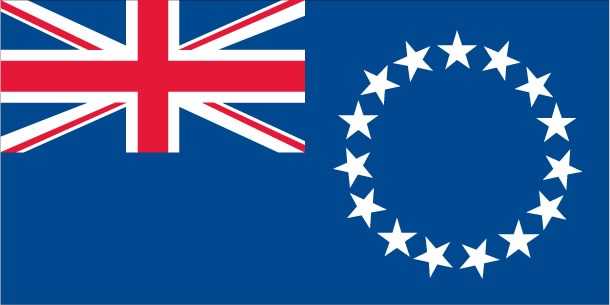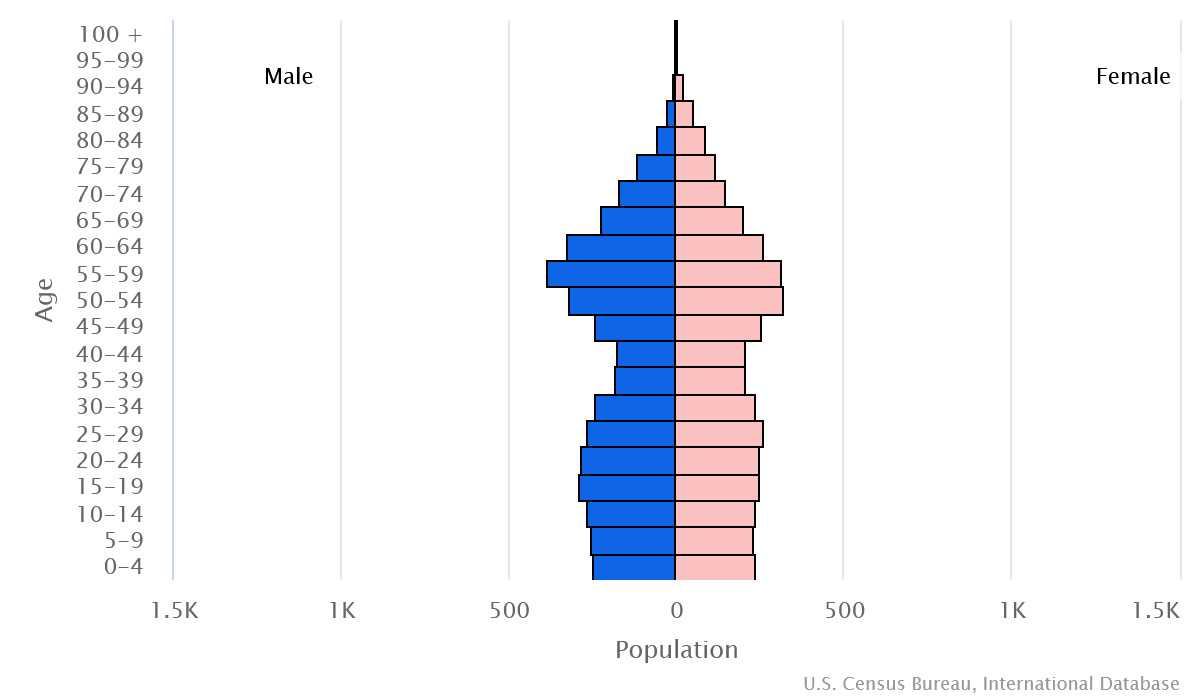Introduction
Background
Polynesians from Tahiti and Samoa first settled the Cook Islands around A.D. 900. They are named for British explorer Capt. James COOK who spotted one of the islands in 1773. In 1901, the UK placed them in the New Zealand Colony and later organized the islands into one political entity in 1915.
Geography
Area
total : 236 sq km
land: 236 sq km
water: 0 sq km
Climate
tropical oceanic; moderated by trade winds; a dry season from April to November and a more humid season from December to March
Natural resources
coconuts (copra)
People and Society
Population
total: 7,761
Ethnic groups
Cook Island Maori 77.4%, part Cook Island Maori 8.3%, Fijian 3.6%, New Zealand Maori/European 3.4%, Filipino 2.9%, other Pacific Islands 1.8%, other 2.6% (2021 est.)
Languages
English (official) 86.4%, Cook Islands Maori (Rarotongan) (official) 76.2%, other 8.3% (2011 est.)
Religions
Protestant 55% (Cook Islands Christian Church 43.1%, Seventh Day Adventist 8.3%, Assemblies of God 3.6%), Roman Catholic 16.7%, Church of Jesus Christ 3.9%, Jehovah's Witness 2.2%, Apostolic Church 2.1%, other 4.5%, none/unspecified 15.6% (2021 est.)
Population growth rate
-2.24% (2024 est.)
Government
Government type
parliamentary democracy
Capital
name: Avarua
Executive branch
chief of state: King CHARLES III (since 8 September 2022); represented by Sir Tom J. MARSTERS (since 9 August 2013); New Zealand High Commissioner Catherine GRAHAM (since 8 September 2024)
head of government: Prime Minister Mark BROWN (since 1 October 2020)
Legislative branch
summary: unicameral Parliament (24 seats)
Economy
Economic overview
high-income self-governing New Zealand territorial economy; tourism-based activity but diversifying; severely curtailed by COVID-19 pandemic; copra and tropical fruit exporter; Asian Development Bank aid recipient
Real GDP (purchasing power parity)
$266 million (2022 est.)
$257 million (2021 est.)
$287 million (2020 est.)
Real GDP per capita
$15,600 (2022 est.)
$15,100 (2021 est.)
$16,800 (2020 est.)
Exports
$31.4 million (2021 est.)
Exports - partners
Japan 42%, France 27%, Thailand 12%, US 4%, Italy 3% (2022)
Exports - commodities
fish, ships, surveying equipment, sports equipment, garments (2022)
Imports
$215 million (2021 est.)
Imports - partners
NZ 51%, Italy 18%, Fiji 11%, China 7%, Australia 3% (2022)
Imports - commodities
refined petroleum, ships, cars, plastic products, other foods (2022)
Page last updated: Monday, September 16, 2024




